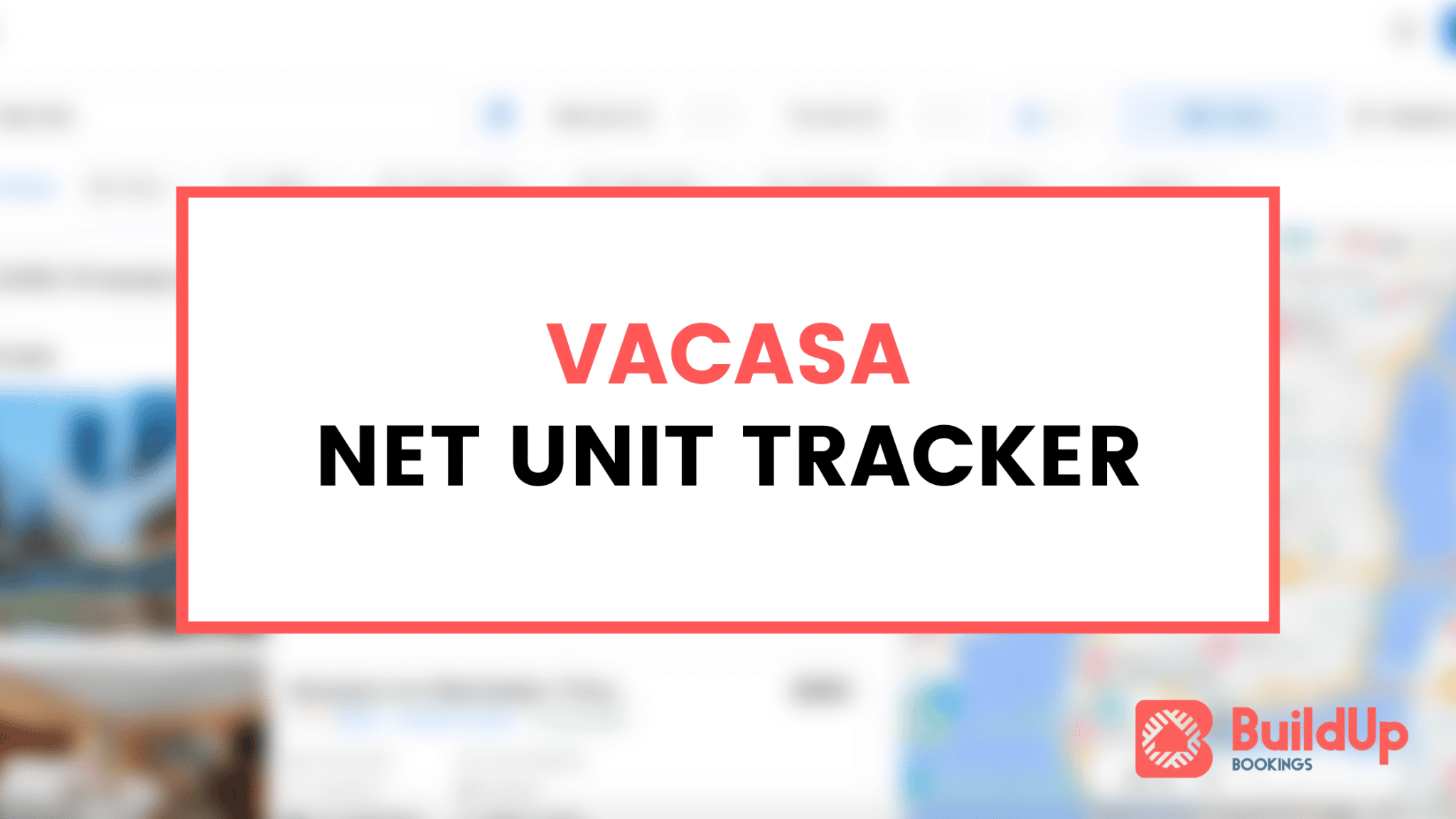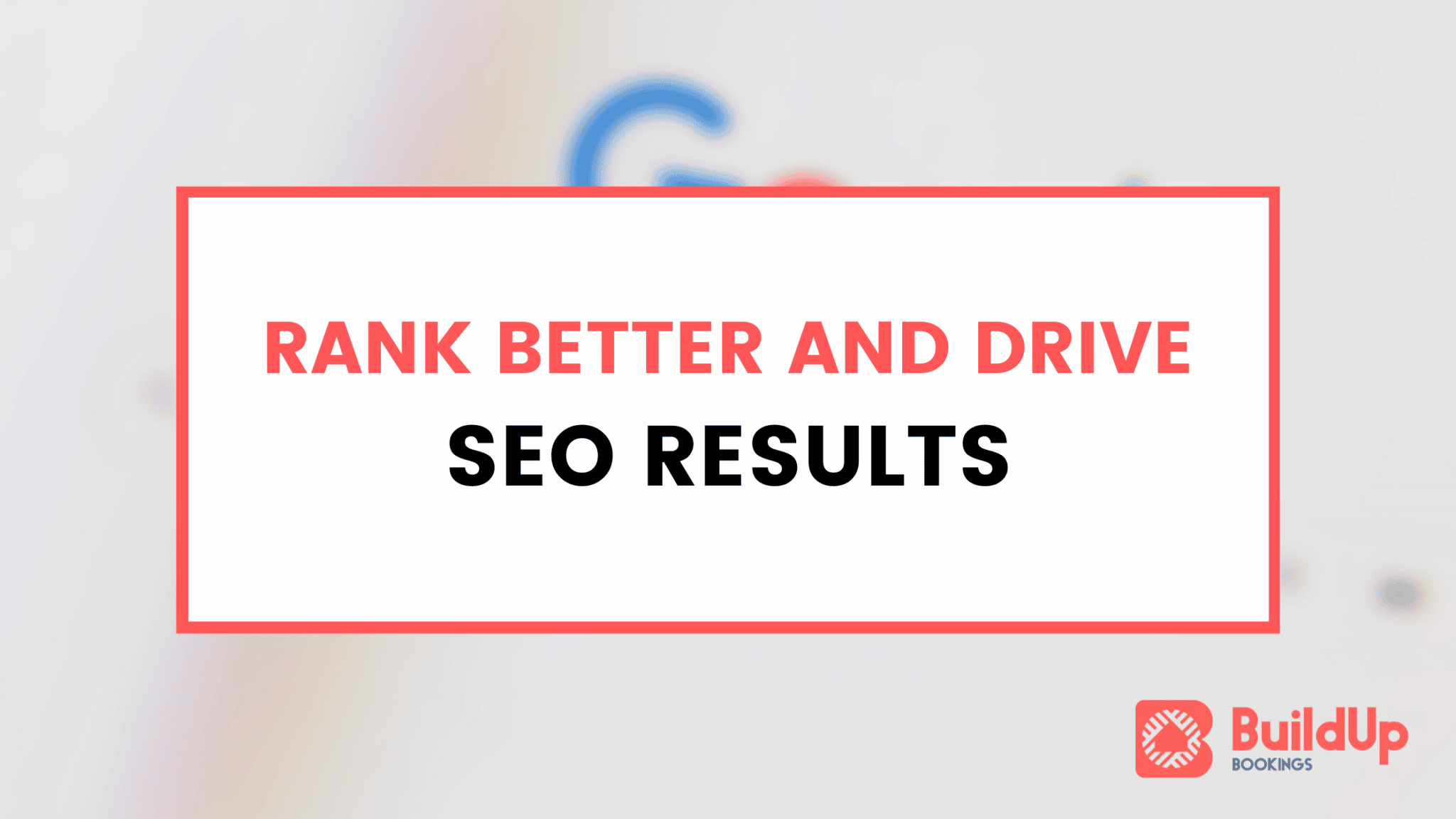Research #
The “research” phase of building a new website project is an important step in the overall process of creating a new website. This phase involves gathering information and understanding the needs and goals of the project, as well as the target target guest profile and competitors.
During the research phase, we aim to:
Define the purpose and goals of the website: What do we/the client want the website to achieve? Who is the target guest profile?
Research the target guest profile: Who are the users of the website? What are their needs, goals, and preferences?
Research the competition: What other websites are out there that are similar to the one we are building? What can we learn from them?
Gather content: What content will be included on the website? This might include text, images, videos, etc.
Determine the website’s structure: How will the content be organized on the website? What pages will be included? Refer to the WBS and scope list for a list of the site pages.
Create a sitemap: A sitemap is a visual representation of the structure of the website, showing the hierarchy of the pages and how they are related to each other.
By conducting thorough research at the beginning of the project, we can better understand the needs of the target audience and create a website that meets those needs effectively. This can help to ensure the success of the website once it is launched.
Design #
The “design mockup” phase of building a new website project is the stage where we create a visual representation of how the website will look and function. This is usually done through the use of design mockups, which are detailed visual sketches or wireframes that show the layout, structure, and content of the website.
During the design mockup phase, we:
Create a wireframe: A wireframe is a simple, low-fidelity sketch of the layout and structure of the website. It shows the placement of elements such as the header, footer, navigation, and content areas.
Choose colors, fonts, and other design elements: This includes deciding on a color scheme and selecting fonts that will be used throughout the website.
Design the website’s layout: This involves arranging the various elements of the website in a way that is visually appealing and easy to navigate.
Add content to the mockup: Once the layout and design elements are in place, you can add the actual content (text, images, etc.) to the mockup to get a sense of how it will look on the website.
The design mockup phase is an important step in the website building process because it helps to ensure that the website will be visually appealing and easy to use. It also allows us to make changes and adjustments to the design before the website is actually built, which can save time and resources later on.
Dev #
The “development and coding” phase of building a new website project is where the website is actually built and coded. This phase involves turning the design mockup into a functional, interactive website that can be accessed by users through a web browser. This is done in a staging environment so we can share that progress with clients.
During the development and coding phase, we:
Write the code / design the custom WordPress theme: This includes writing HTML, CSS, and JavaScript to create the structure, layout, and functionality of the website and laying out each element of the site in our page-builder tool of choice, Elementor with WordPress.
Test the website: As we build the website, it’s important to test it to make sure it’s functioning properly and looks the way that we and the client intended.
Debug and fix any issues: If you find any bugs or errors during the testing phase, you’ll need to fix them to ensure the website is working properly. This could be functionality bugs or responsive bugs (mobile layouts vs desktop layouts).
Integrate any necessary features or functionality: Depending on the needs of the website, you may need to add features such as forms, maps, and our online booking functionality.
By the end of the development and coding phase, we should have a nearly functional website that is ready to be filled out with all of the content from the next stage.
Content #
The “content” phase of building a new website project involves adding the actual content that will be displayed on the website. This can include text, images, videos, and other types of media.
During the content phase, we:
Write (or format) the content: This includes creating (or formatting) the text for the website, such as the homepage, about page, and any other pages or sections.
Choose and organize images: This involves selecting and placing images that will be used on the website, such as landing page images, photos, and graphics.
Add multimedia content: Depending on the needs of the website, you may need to add videos, audio files, or other types of content or embeds.
Review and edit the content: Before publishing the website, it’s important to carefully review and edit the content to ensure that it is accurate, well-written, and meets the needs of the target audience/target guest profile.
Optimize the website for search engines (on-page SEO): This involves adding metadata, compressing any images, and other on-page SEO elements to help the website rank higher in search engine results.
The content phase is an important step in the website building process because it helps to ensure that the website provides valuable and relevant information to the ideal guest profile.
Testing #
The “testing and quality control” phase of building a new website project is the final step before the website is launched. This phase involves thoroughly testing the website to ensure that it is functioning properly and meets the requirements of the project.
During the testing and quality control phase, we:
Test the website on different devices: This includes testing the website on desktop computers, laptops, tablets, and smartphones to ensure that it looks and functions properly on all types of devices.
Test the website on different browsers: Different web browsers (such as Chrome, Firefox, Safari, etc.) may display websites differently, so it’s important to test the website on multiple browsers to ensure compatibility.
Test the website’s functionality: This includes testing all of the features and functionality of the website, such as forms, maps, online booking or property detail features, etc., to ensure that they are working properly.
Check for broken links: It’s important to check the website for any broken links, as these can be frustrating for users and can negatively impact the website’s search engine ranking.
Review the content: It’s a good idea to do a final review of the content to ensure that it is accurate, up-to-date, and meets the needs of the target guest profile.
Confirm the site is loading quickly / no SEO errors: Based on the results of a PageSpeed analysis (https://pagespeed.web.dev/), we can identify areas of the website that could be optimized to improve the loading speed.
The testing and quality control phase is an important step in the website building process because it helps to ensure that the website is of high quality and will provide a good user experience. By thoroughly testing the website before it is launched, you can catch and fix any issues before they become a problem for users.








